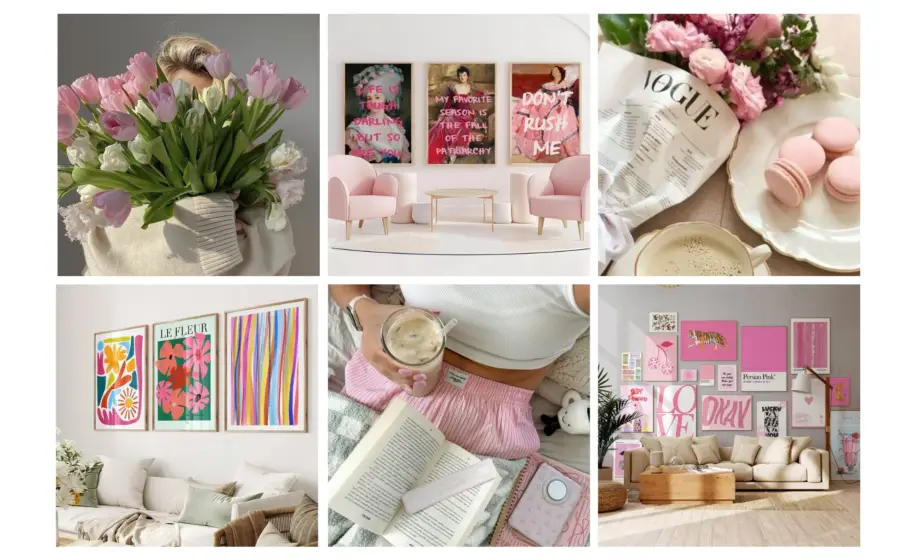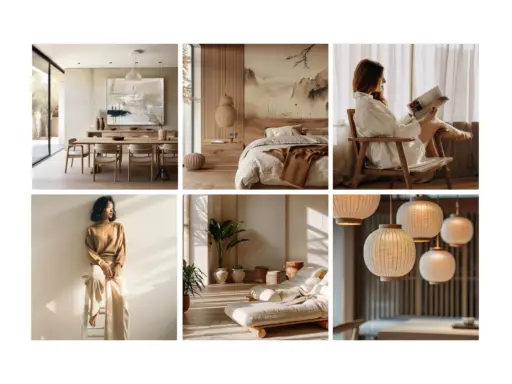Color blocking in decor is a vibrant way to transform any space, adding depth and personality. It involves the strategic use of contrasting colors to create bold visual statements in your home. By incorporating this technique, you can effortlessly highlight your style and enhance the overall aesthetic of your interiors.
Whether you’re working with walls, furniture, or accessories, understanding the basics of color blocking is crucial. You can play with various techniques and materials to achieve the desired effect while ensuring harmony in your design. This approach isn’t limited to a single palette; the possibilities are endless, allowing you to experiment with combinations that resonate with your taste.
As you explore the world of color blocking, you’ll discover how these elements come together to create cohesive yet dynamic spaces. You have the power to energize your home and make each room uniquely yours through thoughtful color choices.
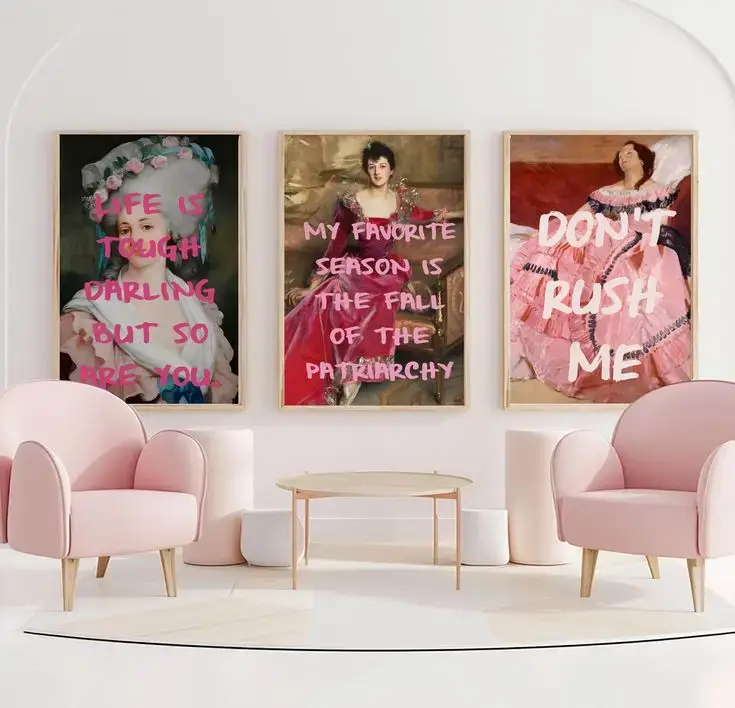
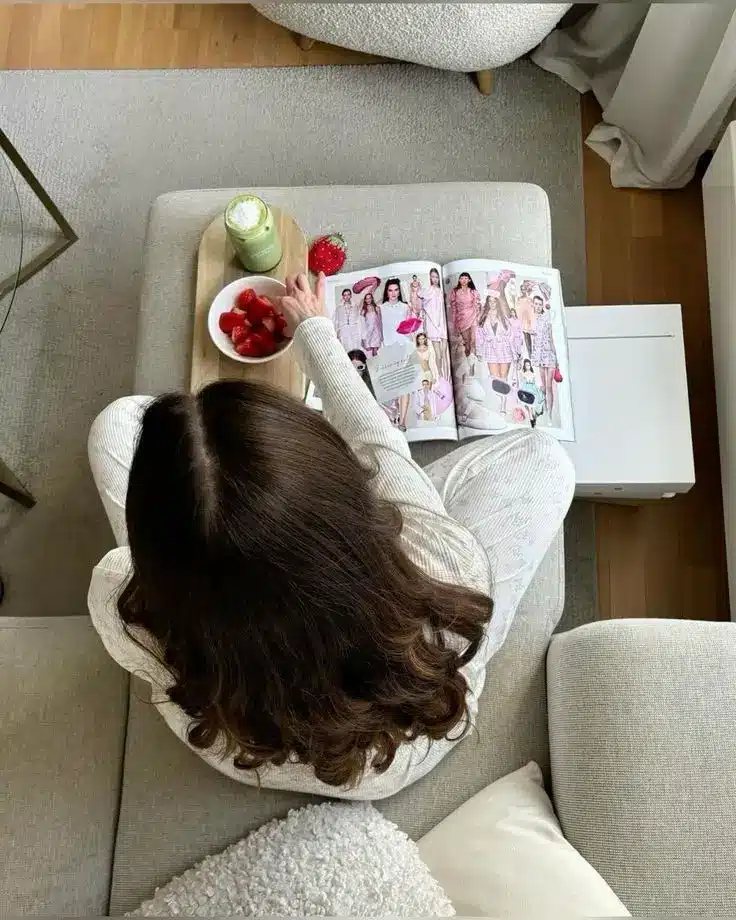
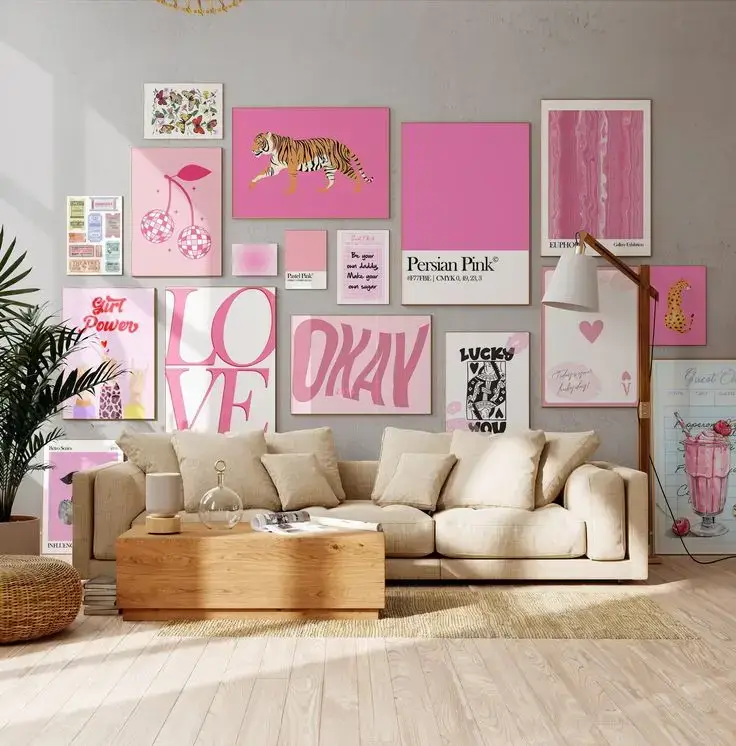
Key Takeaways
- Color blocking enhances your home’s aesthetic with bold contrasts.
- Techniques can be applied across various surfaces and materials.
- Experiment with color combinations to find your unique style.
The Basics of Color Blocking
Color blocking in decor involves using contrasting colors to create an eye-catching and cohesive look. Understanding how to apply this technique and choosing appropriate colors are essential for achieving the desired effect.
Understanding Color Blocking
Color blocking emphasizes bold and distinct areas of color, typically using two or more contrasting hues. This technique is frequently applied to walls in a room, making it a powerful choice for transforming a space. You can create a dynamic atmosphere by painting different walls in contrasting colors or using accent pieces.
Try experimenting with a monochrome palette, where varying shades of the same color are paired. This softens the overall impact while still offering depth and interest. When using color blocking, consider the size of your space; lighter colors can make small areas appear larger, while darker shades can add warmth and intimacy.
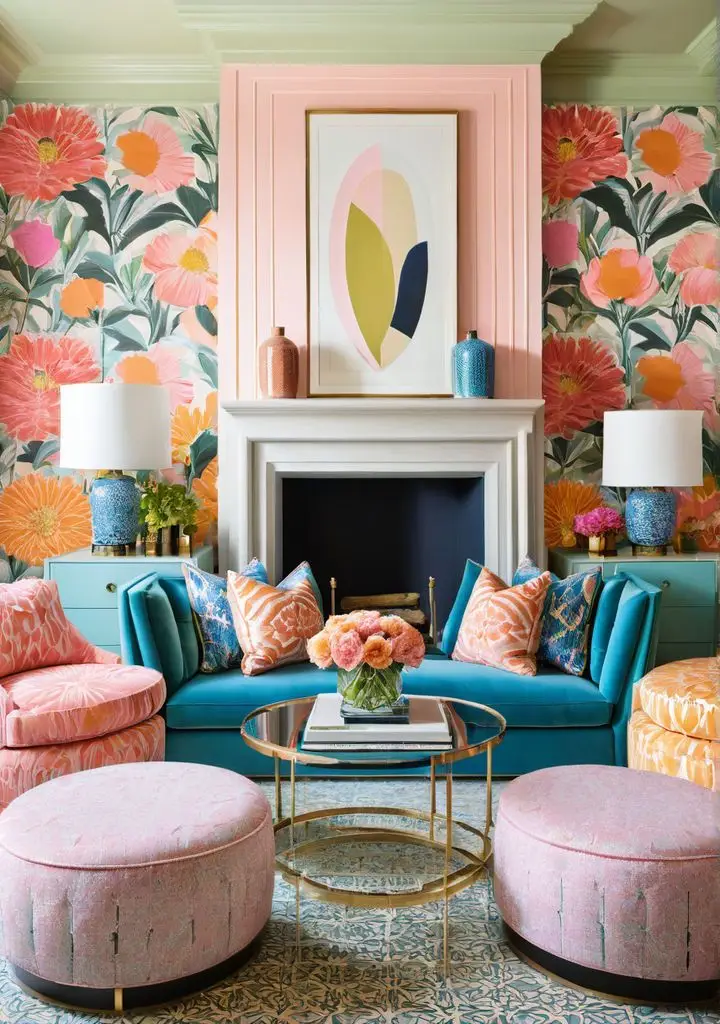
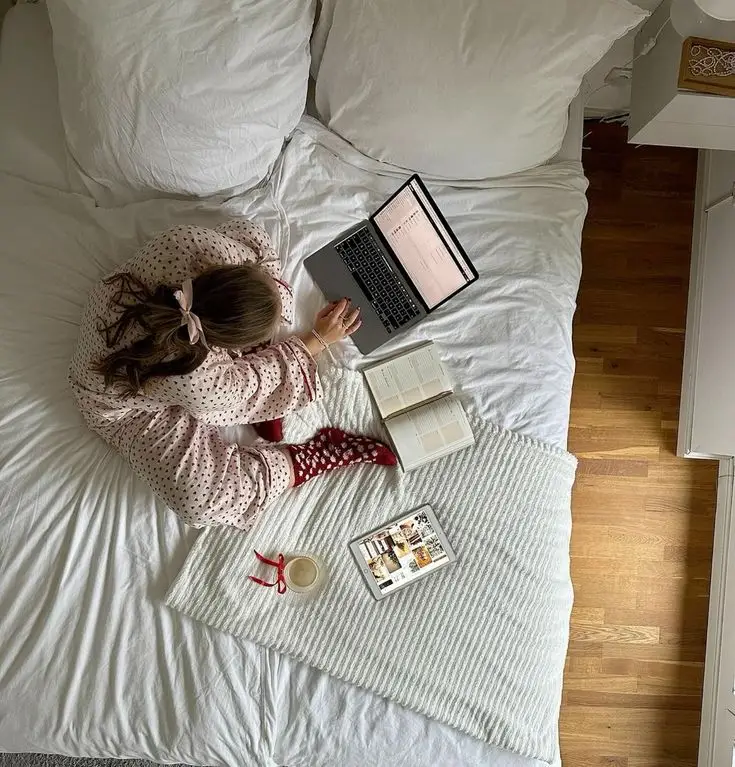
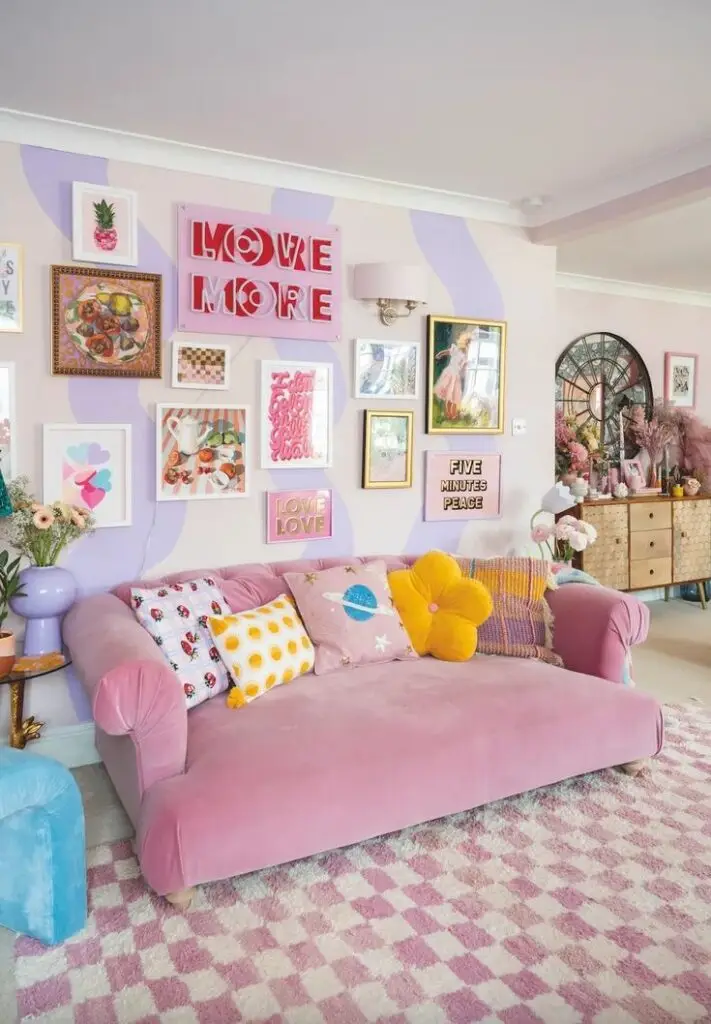
Selecting the Right Colors
Choosing the right colors is crucial for effective color blocking. Aim for contrasting colors that complement each other. A bold red paired with a deep blue can add energy, while a vibrant yellow against a dark gray creates a modern feel.
Consider using a color wheel as a guide. Complementary colors, which are opposite each other on the wheel, can establish a striking effect. For a more subdued approach, select colors within the same family but with varying saturation levels.
Always test paint samples on your walls and observe them in different lighting conditions. This step ensures that the colors work harmoniously in your space. Remember, effective color blocking hinges on balance and harmony, so avoid overwhelming combinations.
Techniques and Materials
Utilizing the right techniques and materials is crucial for achieving an effective color blocking decor. Specific tools, like painter’s tape, and materials, such as wallpaper and paneling, play significant roles in the precision and aesthetic of your project.
Painters Tape for Precision
Painters tape is essential for creating clean, sharp lines. This tape prevents paint from bleeding into adjacent color areas, ensuring a crisp division between hues.
To achieve the best results, apply the tape carefully along the edges where different colors meet. Press it down firmly to eliminate gaps. After painting, remove the tape while the paint is still slightly wet for optimal results. If you wait too long, you risk peeling paint off with the tape.
Make sure to choose a tape designed for delicate surfaces if you’re working with textured walls. This will keep your paint job looking immaculate.
The Role of Wallpaper
Wallpaper can serve as a striking backdrop in color blocking design. Bold patterns and colors create visual interest, enhancing the color scheme.
When selecting wallpaper, look for designs that complement or contrast with your chosen paint colors. This layering adds depth and character to your space.
Peel-and-stick wallpaper offers an easy installation option and allows flexibility. If you want to change the decor later, simply remove it without damaging the underlying surface.
Consider accent walls or sections for a striking effect while avoiding overwhelming the entire room with pattern.
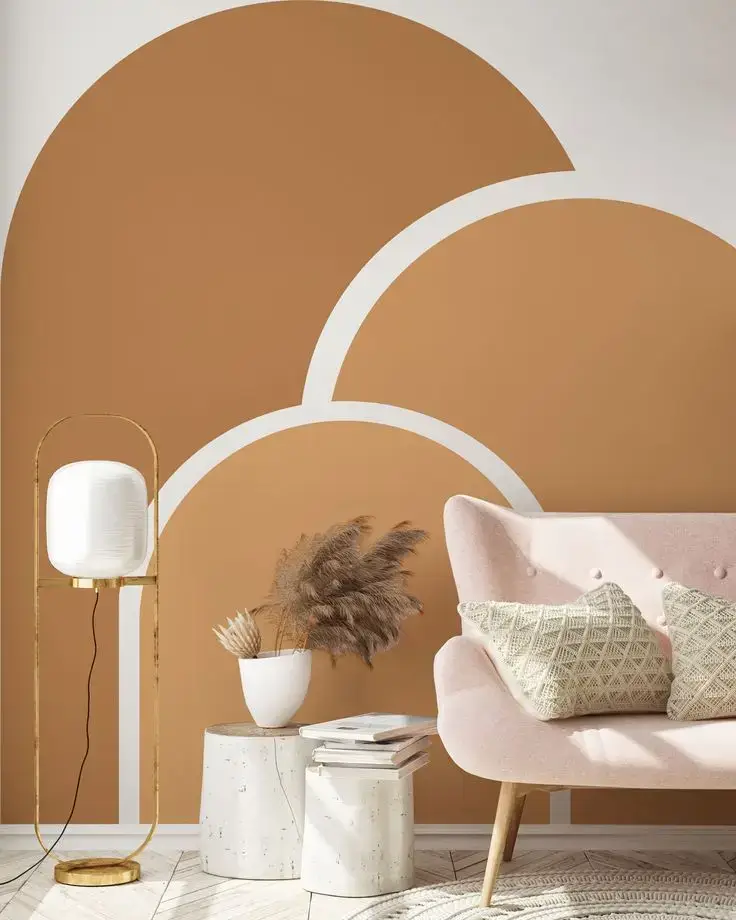
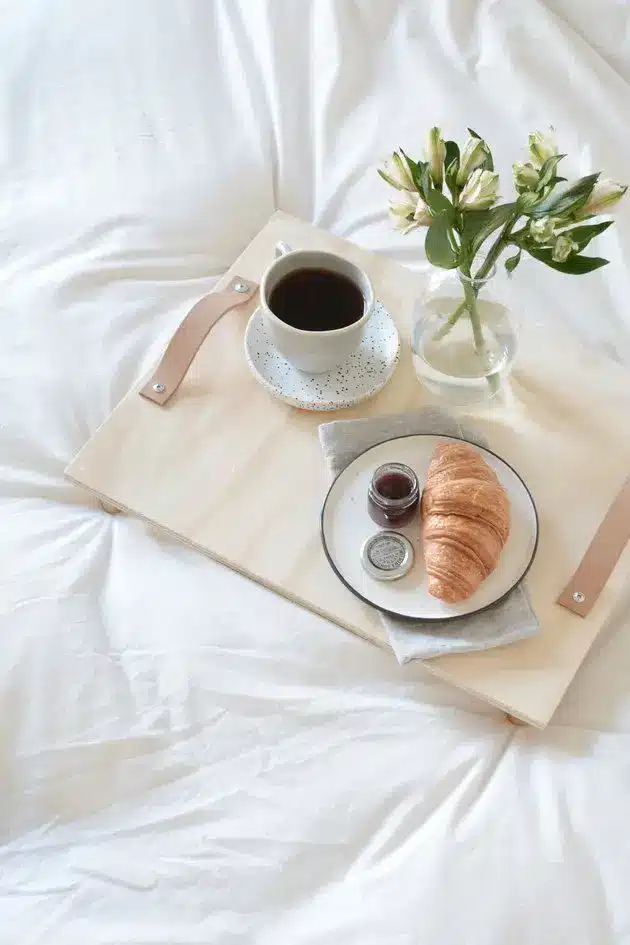
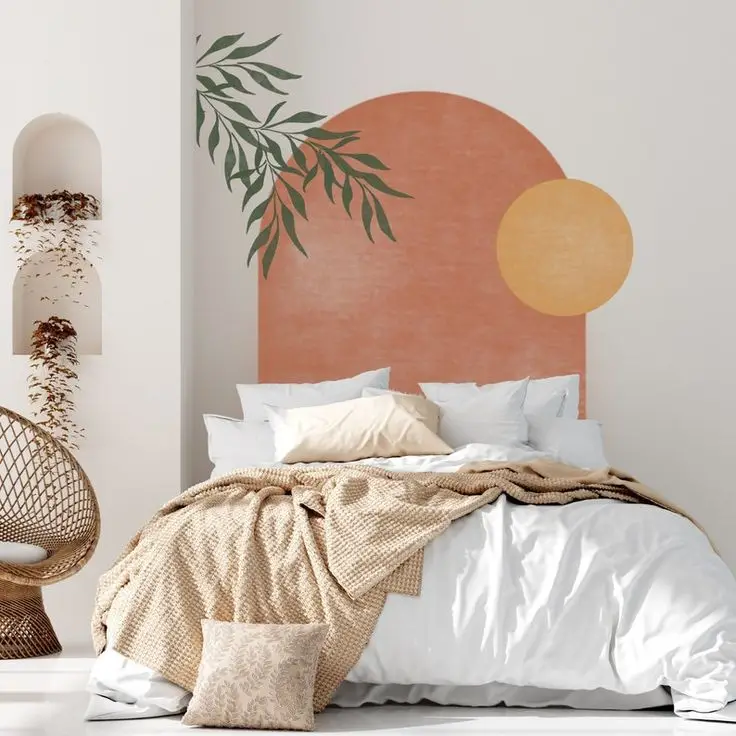
Incorporating Panelling
Paneling adds texture and dimension to color blocking. Whether using wood, MDF, or alternative materials, paneling can break up solid colors effectively.
You can paint individual panels different colors, or use a uniform hue across the surface. This method provides a structured look while allowing for creative expression.
Select the paneling material based on your design goals. For a modern aesthetic, consider smooth finishes. For a cozy environment, textured wood might be more suitable.
Incorporating shelves or artwork onto the panels can further enhance the color blocking effect, creating a cohesive and visually engaging space.
Designing with Color Blocks
When implementing color blocking in your space, consider how to create powerful focal points with accent walls, experiment with two-tone designs, and enhance your decor with complementary artwork. Each approach highlights the beauty of color while adding depth and interest to your rooms.
Creating an Accent Wall
To craft an eye-catching accent wall, choose a bold color that contrasts with the rest of your decor. This wall will serve as a statement piece, drawing attention and setting the mood for the room.
Consider pairing deep hues like navy blue or forest green with lighter shades to create visual balance. You can also experiment with shapes, using painter’s tape to outline geometric patterns for added interest.
Don’t forget to complement the wall with art or decor that brings out the chosen color. For example, if your accent wall is a vibrant orange, incorporate artwork featuring similar tones for cohesion.
Going Bold with Two-Tone Walls
Two-tone walls offer a modern approach to color blocking. This technique involves dividing the wall horizontally or vertically with different colors, creating a dynamic look.
Choose complementary colors; for instance, a dark shade on the lower half and a lighter one on top. This division can make ceilings appear higher while highlighting specific features of the room.
Adding a chair rail can enhance this design, providing a crisp line between the colors. Use this feature to introduce a third color through furniture or accents in the room, ensuring a cohesive color story throughout.
Complementing with Art and Decor
Integrating art and decor into your color-block scheme is essential for a polished look. Artwork can enhance your color choices by reinforcing the palette.
Consider creating a gallery wall that incorporates varying frames in your primary colors. This adds texture and visual interest to the overall design.
Accessorize with pillows, throws, and other decor items that feature bold patterns or colors that mirror your wall choices. This strategy ensures a balanced look that draws the eye and ties the room together effectively.
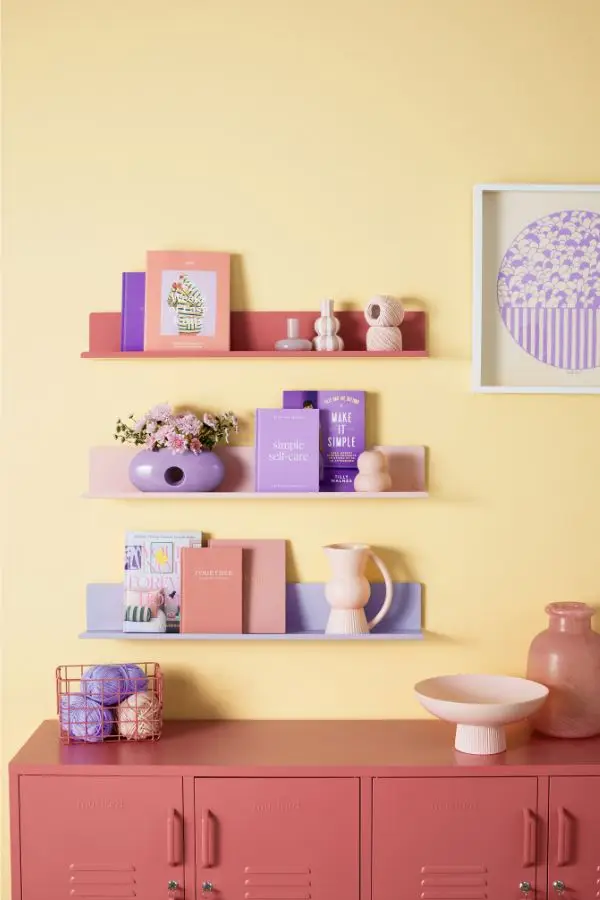
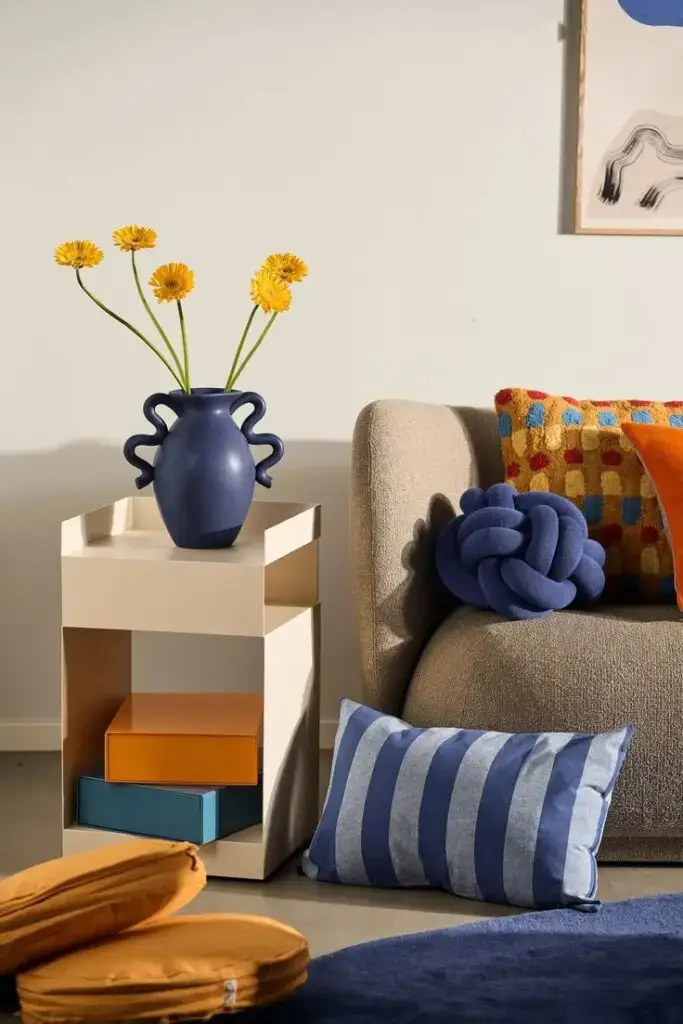
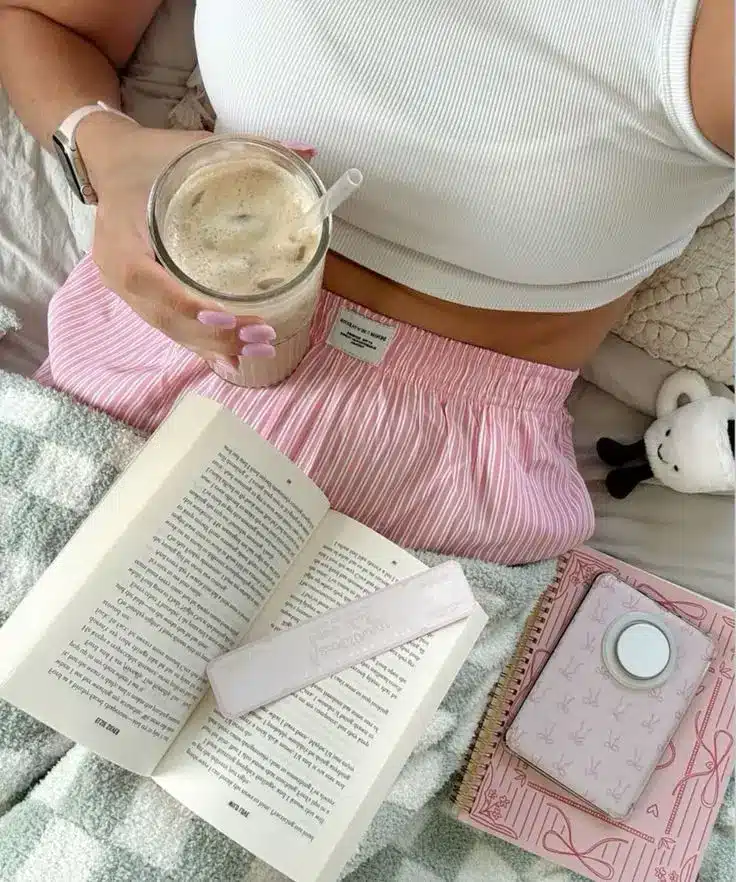
Color Palettes and Combinations
Choosing the right color palette is essential for effective color blocking in decor. Consider the mood you wish to create while ensuring the colors complement one another. Two prominent approaches are monochrome palettes and bold contrasts, each providing unique aesthetic effects.
Monochrome and Bold Contrasts
Monochrome palettes focus on varying shades and tints of a single color. For instance, using different shades of purple can create a soothing environment while maintaining visual interest. You can play with textures and patterns to enhance dimension without introducing other colors.
Bold contrasts, on the other hand, involve pairing colors that are opposite on the color wheel. Combining vibrant colors like deep purple with bright yellow can create a striking visual impact. This combination is energetic and attention-grabbing, perfect for creating focal points in your space.
Playing with Purple and Lilac
Purple and lilac offer a versatile option for color blocking. Purple projects a sense of luxury and sophistication, while lilac adds a softer, calming touch. Mixing these two can balance boldness with tranquility in your decor.
When using this combination, consider room elements. For example, pair lilac furniture with purple accent walls or decor items. This layering enhances depth and interest. You could also introduce neutral tones to ground the vibrant colors, striking a harmonious balance.


